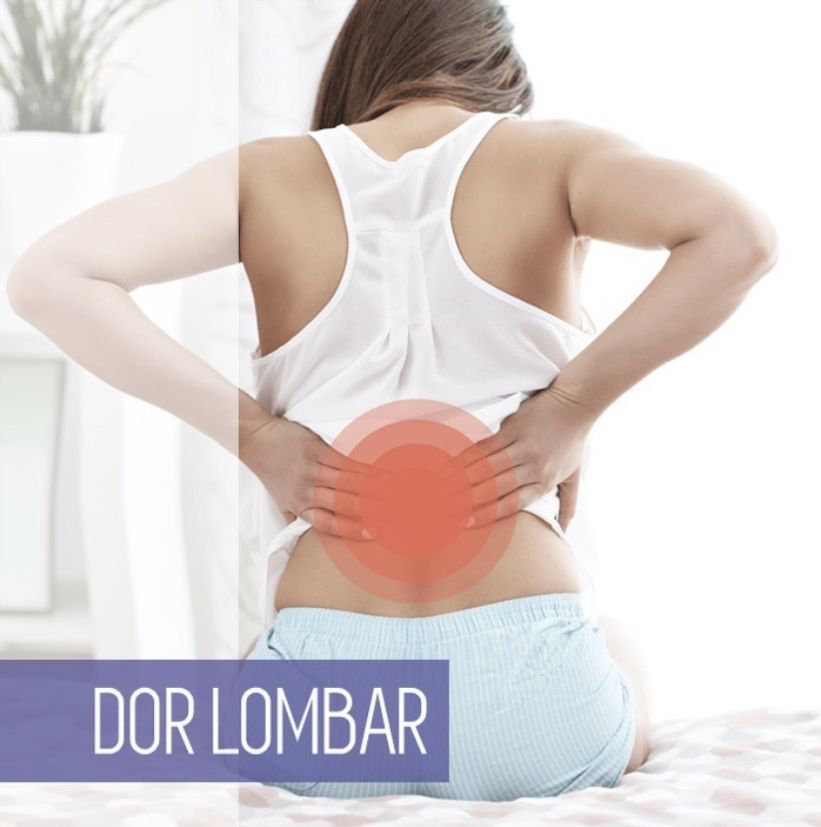Hello dear Readers,
With the pandemic still ongoing, the number of people home-officing is still at a rise, many times sitting down for way more hours than what they did in the past, in the “normal” world, and in chairs that aren’t proper for home-officing.
Based off that, we observe a grow in complaints about lower back pain in our offices. That’s why, this text has been idealized with the purpose of helping therapists and patients on lower back pain control, explain each and every one of the possible causes and treatment.
1) Lower Back Pain in Chinese Medicine:
In Chinese Medicine lower back pain is related to a Kidneys energy imbalance. The Kidneys can easily become unbalanced, due to overwork without proper rest, emotional stress, lack of physical activities, bad eating habits, lack of water, and utmost Fear and Insecurity.
In the current scenario, Fear and Insecurity are 2 very present factors when we are talking about mechanical causeless lower back pain, and it explains very well the words of some patients: “the pain started out of nowhere, for no reason”.
To this pain, I suggest some acupuncture points, such as: BL23, BL52, GV4, CV4, KI3 and KI9, as well as other auricular points like Kidney and Emotional Tension, and obviously Lumbar point, located on the ear.
2) Lower Back Pain Caused by Muscular Tension:
A great portion of lower back region pain is related to bad posture or even to the fact that the patient remains sitting for many hours with bad posture due to the job he has. Another thing that may lead the patient to suffer pain is working out in a badly conducted manner.
The main muscles that cause lower back pain are:
- Quadratus Lumborum: located on the lower back region of the spine, the muscle quadratus lumborum usually is considered the only pain causative in this region, however, we may state that alone he is the least of the problems. The quadratus lumborum tension is felt specifically from the gluteus, not being the main cause of low back pain.
- Gluteus Maximus: located on the center of the gluteus, this muscle creates similar pain to those generated by the quadratus lumborum, in particular the region around the gluteus and it’s not the bigger of our problems.
If you’re telling us the Quadratus Lumborum and Gluteus Maximus muscles aren’t the principal pain causatives, then which muscles should we address?
Despite not being the main muscles involved in low back pain, Quadratus Lumborum and Gluteus Maximus will generate stiffness on the hips, changing its mechanics and activating pain. Among them, low back pain, that may be originated from the following muscles:
- Gluteus Medius: located on the side of the hip, the muscle Gluteus Medius has pain irradiation potential for the lumbar region and all gluteus, being one of the most responsible for low back pain in patients that remain sitting many hours a day.
- Gluteus Minimus: located just behind Gluteus Medius, the muscle Gluteus Minimus creates pain on lumbar region, gluteus, and potential to irradiate through all thigh and leg lateral, even getting down to the feet. ** Pay Attention: This pain is different from the sciatic nerve pain.
- Iliopsoas: also called “soul muscle” it gets tensioned very easily when we are nervous/anxious. Located on the region prior and deep of the body, on low abdomen, front part of the thigh, next to the crotch and one the biggest low back pain causatives.
- Soleus: Located in the middle of the “calf”, when tense, the muscle Soleus is able of irradiating pain to the lumbar and sacral region. The non-treatment of this muscle may make it so that the patient doesn’t completely heal himself from the low back pain.
How should we treat low back pain caused by muscle tension?
On such cases, it’s the therapist responsibility to palpate the trigger points of those muscles and in case the patients show any signs of pain during palpation, these points must be treated with deep needling, may it also be complemented with electroacupuncture, massages, moxibustion and another techniques.
Situation improvement shall happen in less than 24 hours after application.
In order to execute maintenance without pain, the patient must do exercises to strengthen abdominal and back muscles, as well as stretching, at least 3x a week.
In this text some causes of low back pain were explored…. Many other might still be discussed, such as herniated disc, disc protrusions, scoliosis and others.
I will make another text for you all very soon!
Warm regards!
Profa. Fernanda Mara